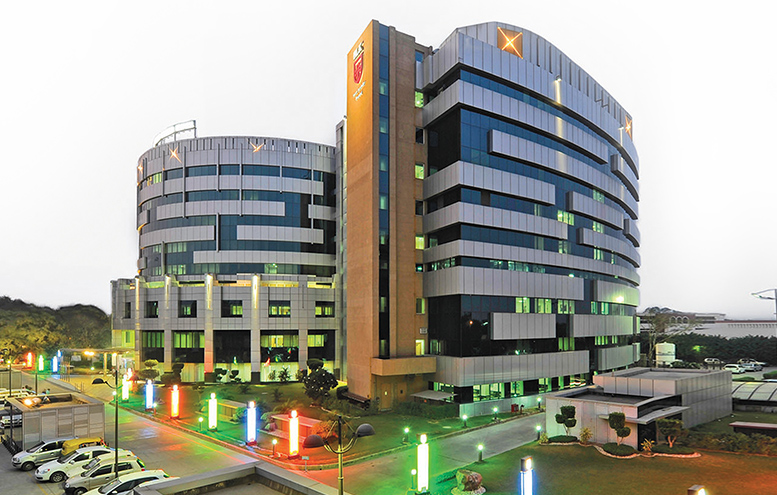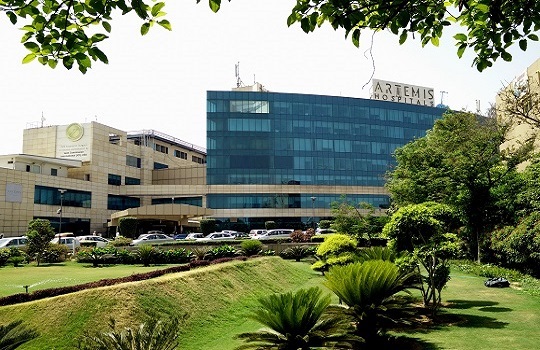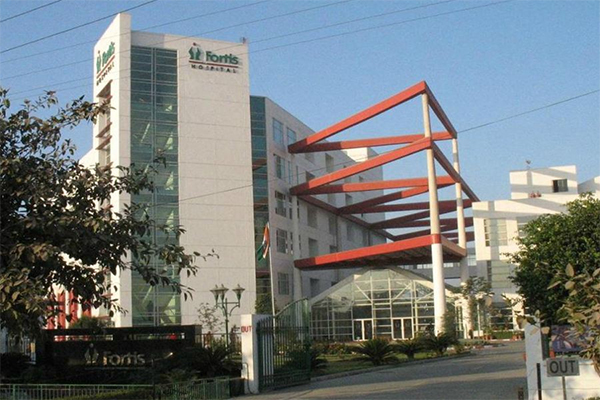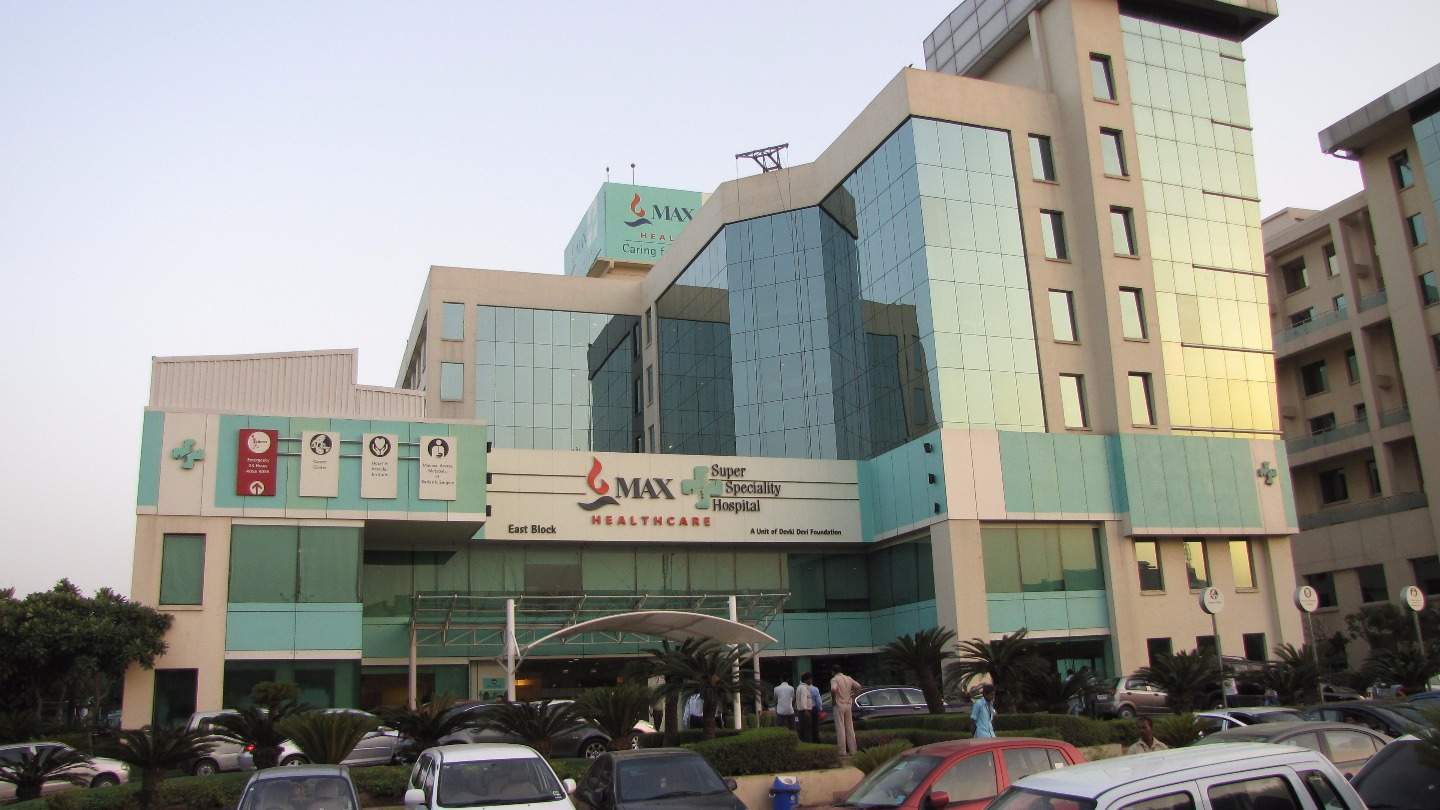Transcatheter Aortic Valve Replacement (TAVR) in India Treatment and Cost

2 No of Traveler

4 Days in Hospitals

10 Days Outside Hospital

14 Total Days in India

Treatment starts from
$ 23000
Transcatheter Aortic Valve Replacement (TAVR) in India
Aortic valves play a pivotal role in the blood flow of the heart. They are primarily responsible for channeling blood flow through the heart in the right direction. The aortic valve disconnects the left ventricle (the heart’s main pumping chamber) from the aorta, the main artery that supplies blood to our body.Aortic Stenosis
Aortic valve stenosis, more commonly known as aortic stenosis, happens when the heart's aortic valves become slender. If the valve doesn't open properly, the obvious issue that it creates is the restricted flow of blood from the heart to the main artery and, subsequently, the entire body.Key symptoms of Aortic Stenosis
- Angina or chest pain.
- An abnormal heart murmur that can be heard via stethoscope.
- Frequent dizziness or fatigue.
- Breathlessness, even during moderate activities.
- Convulsions or palpitations.
- Reduced appetite (usually seen in children with Aortic Stenosis).
- Hampered weight gain (again, observed more in children).
Conditions when you need Aortic Valve replacement
- The valve has become significantly narrow and affecting the blood flow from the heart.
- Aortic Regurgitation- a condition when the valve starts leaking blood back into the heart.
Surgery Options
- Transcatheter Aortic Valve Replacement (TAVR).
- Aortic Valve Replacement.
- Ballon Aortic Valvuloplasty.
- Aortic Homograft.
- Aortic Root Replacement.
- Endovascular Stent Graft.
History of TAVR
On April 16th, 2002, this breakthrough surgical procedure marked the opening of a new chapter in Aortic Stenosis treatment. Since then, TAVR has gained increased popularity for replacing aortic valves.The basic procedure of TAVR
In the TAVR procedure, a fully collapsible valve is inserted into the valve site through a catheter without removing the old valve. Gradually the new valve starts expanding and the old valve tissues are dispelled. The new valve then takes control of the blood flow mechanism. Unlike the more conventional procedure of open-heart surgery, TAVR requires only a small incision that keeps the heart bone structure unaffected.Types of valves used in this procedure
There are 2 main variants of valves that are used in this procedure.-
- Self-expandable: The Core-Valve device was first used in 2005.Three leaflets of pericardial valve tissue are mounted on a self-expendable stent. This expands from the left ventricle to the main artery. This variant is currently available in 3 sizes (23 mm, 26 mm, and 29 mm). The main features of this valve were aimed to ensure optimal functionality, stability, and longevity.
- Balloon-expandable:
- Sapien XT- This balloon-expandable valve is made of stainless steel and comes with a Dacron skirt cover. The device is placed in a sub-coronary position during the procedure. It is available in two sizes (23mm and 26 mm). In the first generation, the leaflets were made of equine (horse) membrane. The second-generation leaflets are made of bovine (cow) pericardium with improved frame stitches.
- Sapien 3- The Edwards Sapien 3 Transcatheter has the following unique features:
- It’s radiopaque.
- Has a cobalt-chromium.
- Comes with a tri-leaflet bovine membrane tissue valve.
- Has a Polyethylene Terephthalate (PET) fabric skirt cover.
- Comes in 4 sizes- 20mm, 23mm, 26mm, and 29mm.
- Another valve that has received FDA approval in Sept 2021 is the Portico Valve which uses porcine (pig) tissues and comes with a nickel-titanium cover.
General procedures that precede the surgery
- Blood tests to check clotting time, kidney function and more.
- Echocardiogram.
- Electrocardiogram.
- Computed tomography (CT) scan.
- Left heart catheterization- this process is similar to the actual surgery without the real valve replacement.
The main advantages of TAVR
Transcatheter Aortic Valve Replacement in Indiahas multiple advantages over conventional open-heart surgery. Some of the key benefits are:- This minimally invasive procedure effectively removes the associated risks of having to remove internal organs of the rib cage. A small incision is enough to replace the damaged valve.
- Faster recovery due to the simpler procedure.
- Possibility of shorter hospital stay. In certain cases, the patient is released on the same day of the surgery.
- Lower rate of stroke
- Increased chances of survival in the first year post the valve replacement
- Reduced post-trauma complications, thus minimalizing chances of readmission.
Probable shortcomings of TAVR
Like any medical procedure, Transcatheter Aortic Valve Replacement is not devoid of post-operative risks. You could have any of the following complications after the process.- Injury to the blood vessels.
- Excessive bleeding.
- Stroke resulting from reduced blood supply to the brain.
- Heart attack.
- Kidney malfunction.
- Fluid accumulation around the heart.
- Leakage in the replaced valve.
- Cardiac arrest.
- A drop in blood pressure levels.
- Need for follow-up surgery.
- Counter-reactions to anesthesia or other medicines you might have received during or after the procedure.
Top Hospitals
Asian Institute Of Medical Sciences
Asian Hospital or the Asian Institute of Medical Sciences is a super specialty tertiary care hospital operating in the Northern Indian subcontinent region. Its cutting edge technology and a pool... Delhi / NCR, India
Delhi / NCR, India
 No. Of Beds: 425
No. Of Beds: 425

BLK Super Speciality Hospital
BLK Super Speciality Hospital is a private sector hospital based in New Delhi, India with 650 beds and 17 operation theaters. It was founded by B. L. K... Pusa Road, Radha Soami Satsang,, Rajendra Nagar , New Delhi, India
Pusa Road, Radha Soami Satsang,, Rajendra Nagar , New Delhi, India
 No. Of Beds: 650
No. Of Beds: 650

Artemis Hospital
Artemis is a world-class tertiary care multi-specialty hospital established in 2007. Artemis hospital, accredited with JCI and NABH certificates, is a 400+ bedded hospital, design... Near Unitech Cyber park, Sector 51 Gurgaon Haryana 122001
Near Unitech Cyber park, Sector 51 Gurgaon Haryana 122001
 No. Of Beds: 400
No. Of Beds: 400

Fortis Hospital Noida
Fortis Hospital, Noida is one of the most comprehensive medical services providing facility in the National Capital Region. It has been delivering excellent patient care services to people from ... B-22, Sector 62, Gautam Buddh Nagar, Noida, Uttar Pradesh , Noida, UP, India, 201301
B-22, Sector 62, Gautam Buddh Nagar, Noida, Uttar Pradesh , Noida, UP, India, 201301
 No. Of Beds: 200
No. Of Beds: 200

Fortis Escorts Heart Institute
Fortis Escorts Heart Institute has set benchmarks in cardiac care with path-breaking work over the past 30 years. Today, it is recognized the world over as a center of excellence provid... Okhla Road , New Delhi, India, 110025
Okhla Road , New Delhi, India, 110025
 No. Of Beds: 285
No. Of Beds: 285

Fortis Memorial Research Institute
Fortis Memorial Research Institute (FMRI) Fortis Memorial Research Institute (FMRI) is well known to all for being a quaternary care service provider and a multi super specialty hospita... Sector - 44, Opposite HUDA City Centre , Gurgaon, HR, India, 122002
Sector - 44, Opposite HUDA City Centre , Gurgaon, HR, India, 122002
 No. Of Beds: 1000
No. Of Beds: 1000

Max Super Specialty Hospital Saket
Max Super Speciality Hospital in Saket was founded in 2006 Awarded for its initiatives towards customer experience improvement & for patient safety at FICCI Healthcare Excelle... 1,2 Press Enclave Road, Saket , New Delhi, India, 110017
1,2 Press Enclave Road, Saket , New Delhi, India, 110017
 No. Of Beds: 252
No. Of Beds: 252








